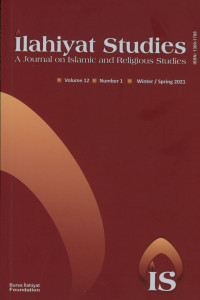The al-Baqara Crescendo: Understanding the Qurʾan’s Style, Narrative Structure, and Running Themes, by Nevin Reda
The al-Baqara Crescendo: Understanding the Qurʾan’s Style, Narrative Structure, and Running Themes, by Nevin Reda
First Paragraph: Considering recent Western Qurʾānic studies, there is no doubt that “coherence/unity studies” is one of the prominent research areas. In this context, especially after the 1980s, the chapters (sūrahs) of the Qurʾān have been analyzed on the basis of the hypothesis that they are literary unities. Among the studies that ignited this literature was the Studien Zur Composition der Mekkanischen Suren (1981) by Angelika Neuwirth. Since then, these studies have ranged from short Meccan sūrahs to the longest Medinan ones. When considering the general conception of the Qurʾānic text from the 19th to the last quarter of the 20th century in Western literature, it would not be wrong to describe “coherence/unity studies” as a kind of “challenge” to previous studies describing the Qurʾānic text as “unsystematic,” “boring,” or possessing a “lack of unity/coherence.”
Keywords:
al-Baqara, the Qurʾan’s Style, Narrative Structure Running Themes,
- ISSN: 1309-1786
- Başlangıç: 2010
- Yayıncı: Bursa İlahiyat Vakfı
Sayıdaki Diğer Makaleler
Teaching and Learning the Sciences in Islamicate Societies (800-1700), by Sonja Brentjes
The Green Man: What Reading Khiḍr as Trickster Evinces about the Canon
Meta-Entity (al-Ghayr) and Its Value Metaphysics in al-Māturīdī
Losing Our Space/Madīnah: From the Madīnah of Reality to A Simulation City
